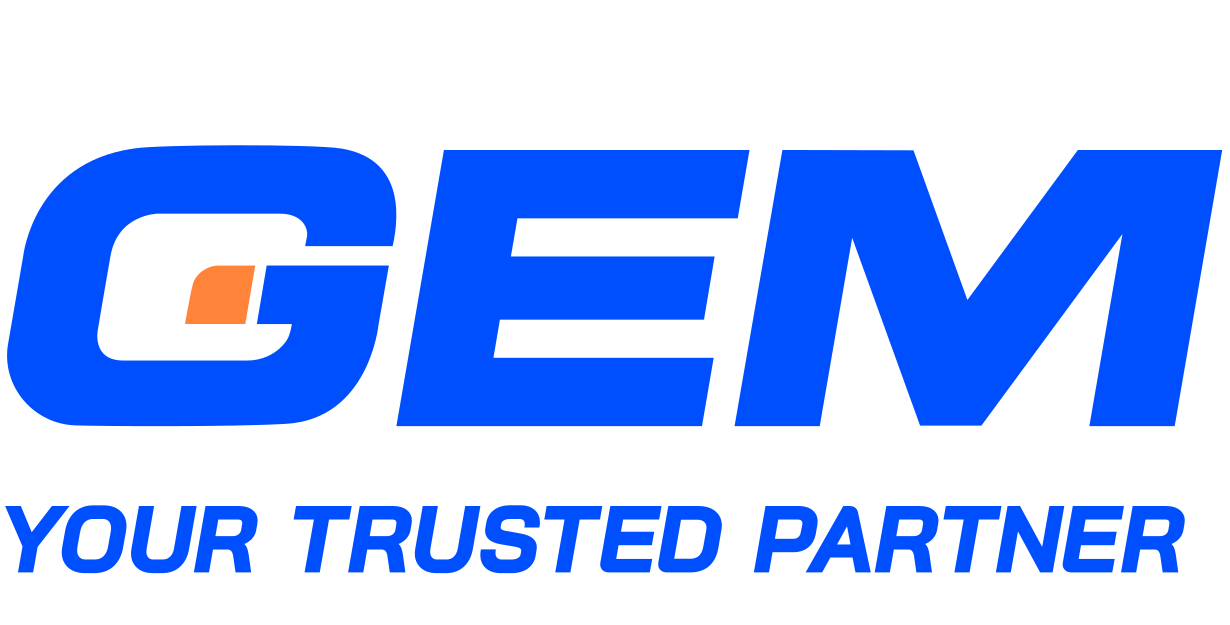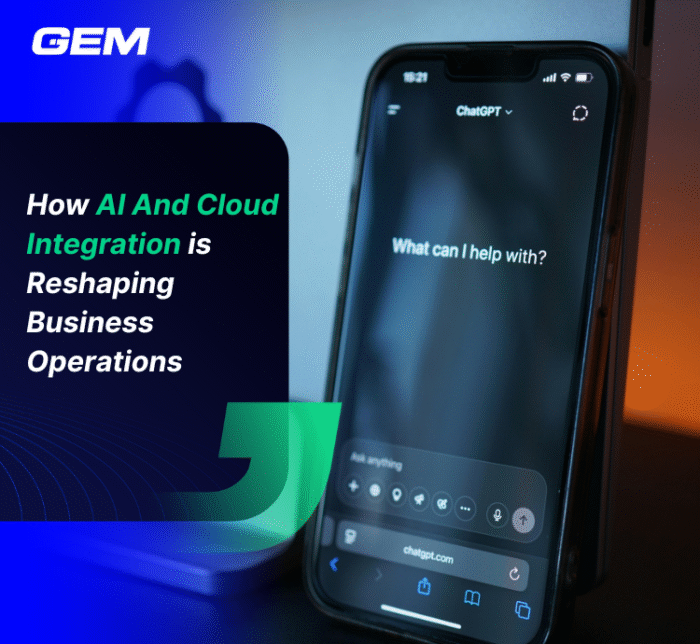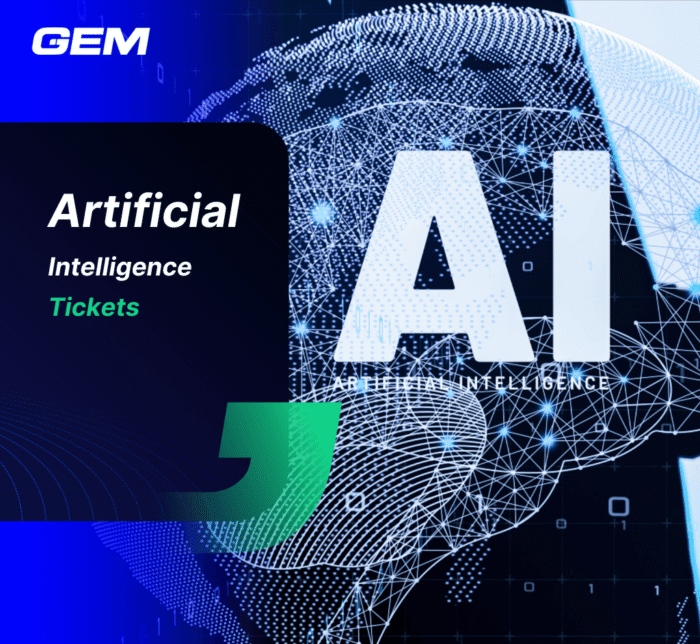Contents
With the progressive adoption of machine learning, Machine learning will soon become a critical factor in promoting innovation and growth in education. the education sector will soon witness a major transformation.
Education was indeed among the hardest-hit industries when Covid-19 swept through the world. The pandemic has further highlighted how the current infrastructure struggles to accommodate increasing educational needs. As the world enters post-Covid recovery, Machine Learning (ML), a subset of Artificial Intelligence, is expected to bring about fundamental improvements in learning, teaching, and research.
Current pain points of the educational system
The following challenges are often highlighted when discussing how the education system and learning outcomes can be improved:
Ineffective one-size-fits-all approach
One of the most significant issues in education is students’ varying learning capabilities and paces. They can be more capable in specific subjects or challenged with physical and mental difficulties.

Despite teachers’ efforts to offer tailored support, many students still struggle to keep up with the learning pace. Due to the growing class sizes and the considerable volume of information that needs to be covered, it is challenging for teachers to cater to the specific needs of all students.
The evaluation system also demonstrates the inadequacy of the “one-size-fits-all” approach. Experts fear that standardized tests may not align to foster growth and achievement for all students, as they do not reflect a holistic approach to assessment.
Teacher burnout
Insider pointed out that in 2020 and 2021, many teachers in the US have quit or retired early, with the primary reasons being burnout and overwhelming expectations, and a lack of support from administrators. Among the 2,000 K-12 teachers surveyed by Survey USA recently, nearly 30% said it’s likely that they will quit their jobs in the coming year. Consequently, many school counties face severe staffing shortages and struggle to operate.
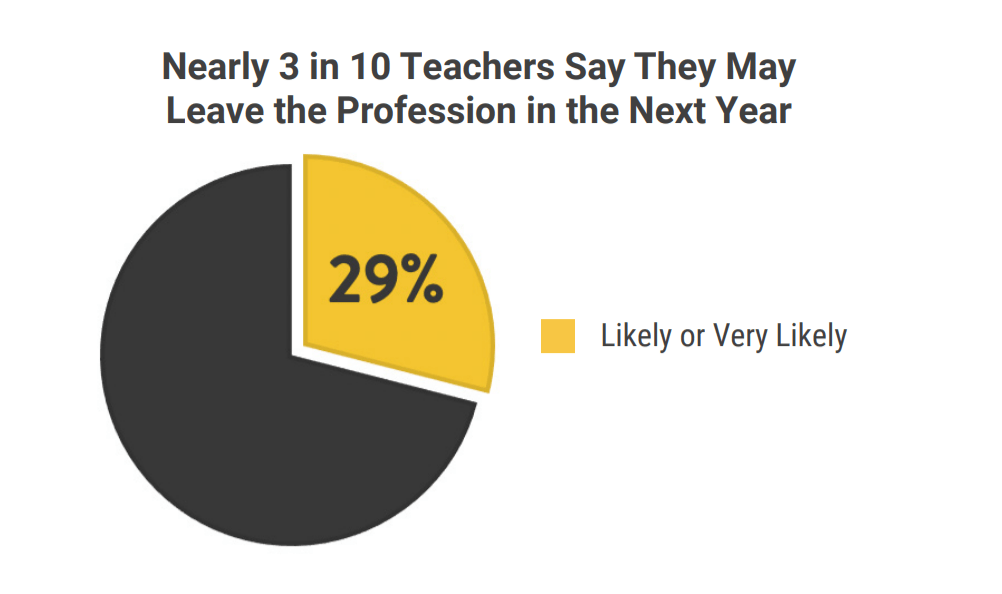
Low student engagement
During in-person sessions, encouraging student participation has been a challenge for teachers. After an extended period of remote learning, motivation and engagement are significantly lower, making it harder to teachers to achieve effective teaching. According to a survey conducted by EdWeek in late 2020, both teachers and students agreed that the pandemic decreased their motivation significantly.
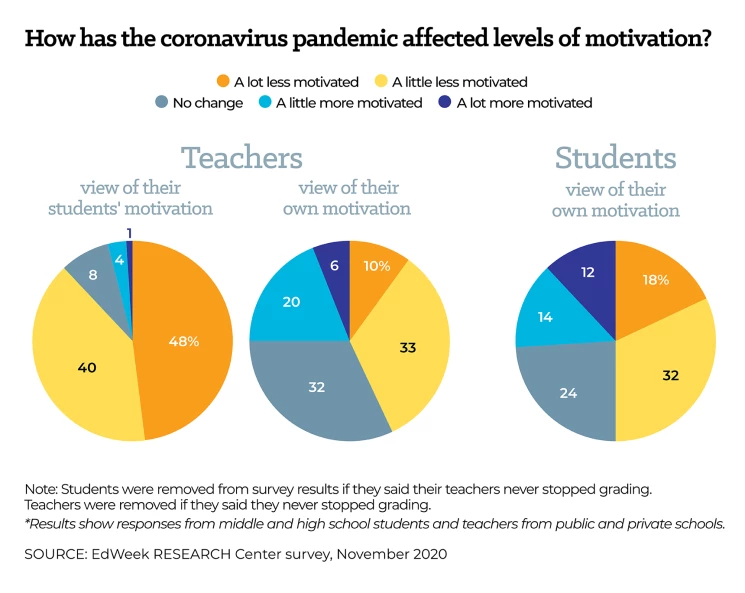
Experts suggest that engagement should be student-centric, focusing on peer discussions and self-exploration rather than depending solely on a teacher’s academic experience. Student-driven engagement is characterized by active collaborative learning, student ownership, and personalized adjustment in each student’s academic journey.
ML-based educational transformation
In simple terms, ML is a cognitive technology in which computer systems can learn and improve by exposure to data without being directly programmed to do so – the greater the exposure, the better the outcomes. The adoption of ML is predicted to grow exponentially – from 2021 to 2025, the annual spending on AI technology in education will rise to $6.1B. Among the landscapes where the potential of ML adoption can be revealed, education stands as a prime example.

Personalized learning
ML-powered systems can form custom learning profiles for students and develop materials based on their needs and abilities. In the classroom, students will receive tailored academic content suited to learning paces and levels of mastery. Traditional textbooks will be condensed into study guides or interactive notes that are easier to understand. Online interfaces can be created to promote personalization.
With the adoption of ML, creating and improving curricula will depend on augmented intelligence assistance instead of on teachers. Therefore, it will optimize learning and teaching efficiency while saving a considerable amount of time and effort for both students and teachers.
Another way ML contributes to personalized learning is via virtual academic assistants. These assistants can answer students’ questions, help with assignments, and guide them to find valuable resources and materials.
This approach to personalized learning is getting increasingly popular – by 2024, up to 47% of tools for learning management will be supported by AI. Additionally, in the same year, the market size for AI-powered learning tools is expected to surpass $6B. It is believed by UNESCO to be capable of offering “access to appropriate learning opportunities” to a variety of learners, from marginalized groups of people to those with disabilities or living in isolated communities.
Predictive analytics
ML-based models are instrumental in identifying trends, correlations, and patterns in large data pools to yield insights. This capability is leveraged in educational predictive analytics tools that help educators and administrators monitor educational trends, prevent dropouts, and ensure student retention.
For instance, a research team at the American Institutes for Research created a system to detect students who may fail to graduate based on their behaviors and other related data, thus providing early alerts for the institutions. Another example is a predictive model using supervised machine learning developed by a group of Malaysian researchers, which aims to predict the final grade of 489 students based on their previous academic performance. The model yielded highly accurate results – up to 99.6%.
Organizational tasks
Automating non-teaching tasks, which may consume up to 50% of teachers’ schedules, is crucial to prevent burnout and allow educators to dedicate more time to their students. ML provides enormous assistance in handling non-teaching responsibilities by automating grading activities, generating personalized responses or feedback, and dealing with repetitive paperwork. To illustrate, when used in grading, ML systems can finish the exhausting task at a much higher pace and with outstanding accuracy. According to a UNESCO report, an essay-grading machine used in about 60,000 schools in China produces outcomes that match humans 92% of the time.
Teachers and education administrators can benefit from applying ML to their workflow. ML-powered intelligent assistants and systems will automate administrative processes, including student enrollment, processing applications, budgeting, arranging classes, and managing facilities. Educational institutions, hence, will reduce operating costs while seeing a vast improvement in their efficiency and responsiveness. For example, in the context of higher education, admission officials hope that ML-powered systems will enhance the credibility of the application process. They will be trained to evaluate applications systematically based on a given set of criteria, thus eliminating human bias and ensuring transparency.
Despite the apparent benefits of adopting ML in the sector, a survey conducted by O’Reilly in February 2022 showed that compared to other industries, education has the lowest percentage of mature AI practices. This situation can be explained by the two significant challenges of employing ML-enabled systems: Data quality and cost.
The challenges of ML-based education
The most prominent challenge of applying ML in education is data-related. To develop effective models with accurate outcomes, schools and institutions must gather sufficient and high-quality data that are up-to-date and correct. However, the question of which data is needed, how much data is enough, and how its relevance is defined do not have one fixed answer or methodology. Human intervention and supervision, therefore, are still needed.
Another challenge is cost. ML models (employed in learning tools and platforms) help create customized learning journeys. However, the development of this method is still expensive, resource-extensive, and time-consuming. It needs frequent updates, solid IT expertise, and strong technological facilities. Many schools and institutions cannot afford to meet these requirements.
However, the above difficulties are outweighed by the immense potential of ML as a powerful educational tool. They can be minimized when increasing technological advancement makes digital tools more commonplace and affordable. Meanwhile, the powerful impacts of adopting ML in education are proven by success stories of institutions that have seen impressive results.
Successful use cases of machine learning in education
Jill Watson – Answering students’ queries
In 2015, an online course on Artificial Intelligence included a teaching assistant named Jill Watson, who was later revealed to be a chatbot. The chatbot could respond to commonly asked questions with accuracy – up to 97%, proving efficient live support and feedback.
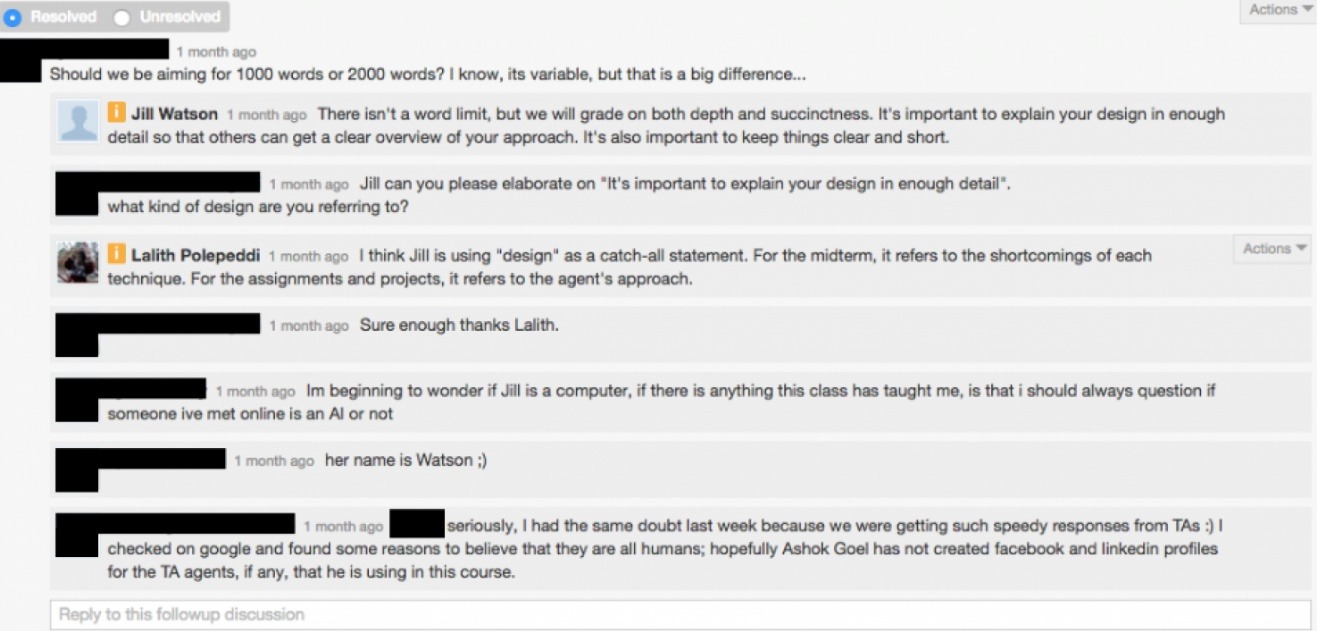
LM Exam Suite – Enabling easy and convenient online examination
Examinations were seriously impacted by the pandemic and the lockdown orders that followed. To adapt to “the new normal,” many institutions count on ML solutions to conduct online exams and automate the grading process. LM Exam Suite is one such example – it allows students to take tests, easily switch the location from their home, on campus, or a test center, and continue the test even when they lose the Internet connection. It also supports digital handwriting.

Ellucian CRM Recruit – Enhancing college admissions processes
Ellucian CRM Recruit is an ML-powered system that assists admission officials in reaching more prospective students and targeting those most likely to apply. The system can analyze individual applicants to predict the chance of them accepting admission and succeeding at an institution. The solution also helps administrators monitor enrollment to make necessary changes, such as expanding their faculty. It is trusted by many well-known universities, including Pacific University Oregon and St. Thomas University.

Read more: 10 powerful machine learning applications to drive modernization and innovation [2023 Update]
Closing thoughts
With the increasing awareness of the importance of adequate education and how it can be realized with the power of ML, digitally-driven changes are inevitable. Indeed, the widespread adoption of ML in education will take time and resources. Still, the shift will pay off when educators and students see its various positive influences on their journeys.
ABOUT GEM
GEM Corporation is a leading IT service provider who empowers its business clients in their digital transformation journey. Based in Hanoi, Vietnam, GEM is characterized by competent human resources, extensive and highly adaptive techstack, and excellent ISO-certified and CMMi-based delivery process. GEM, therefore, has been trusted by both start-ups and large corporations from many global markets across different domains.
Don’t miss our latest updates and events – Follow us on Facebook and LinkedIn!
